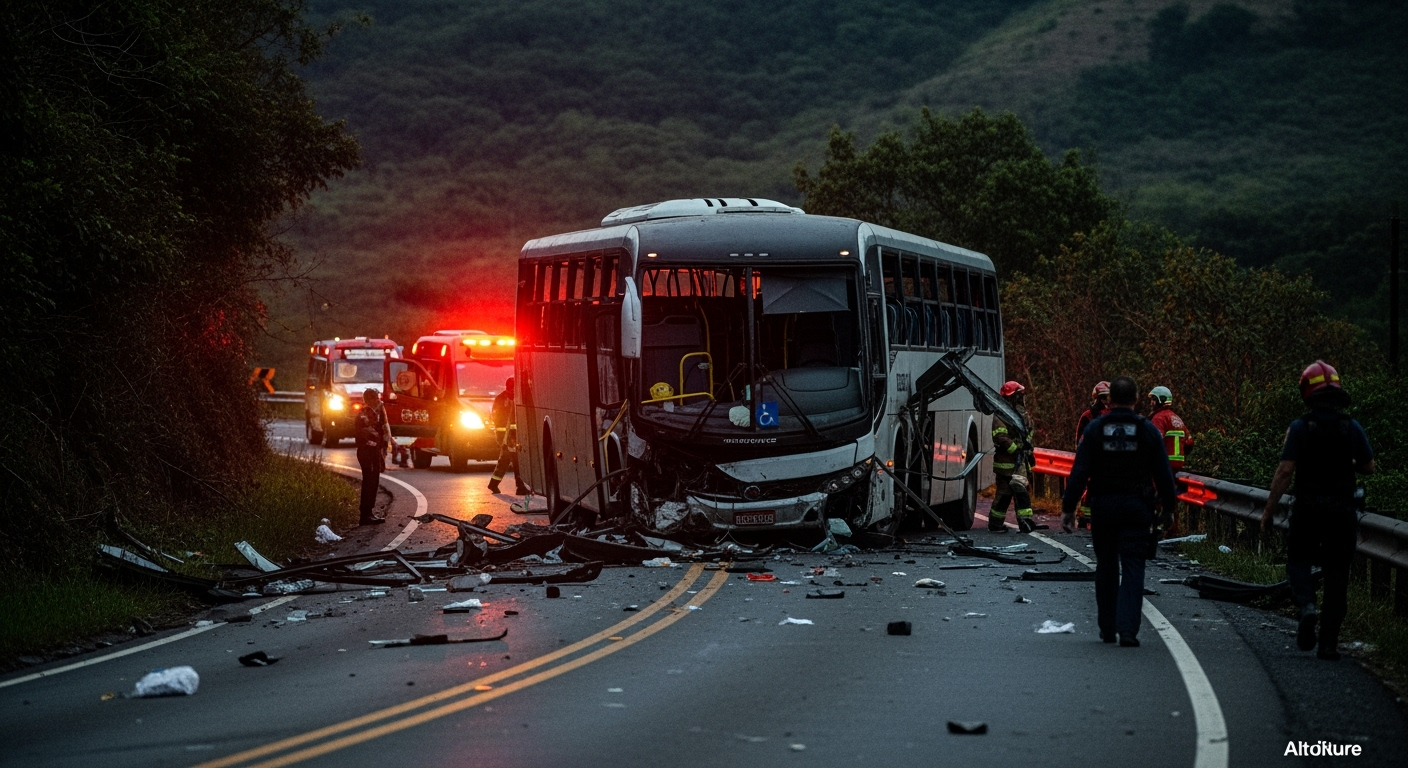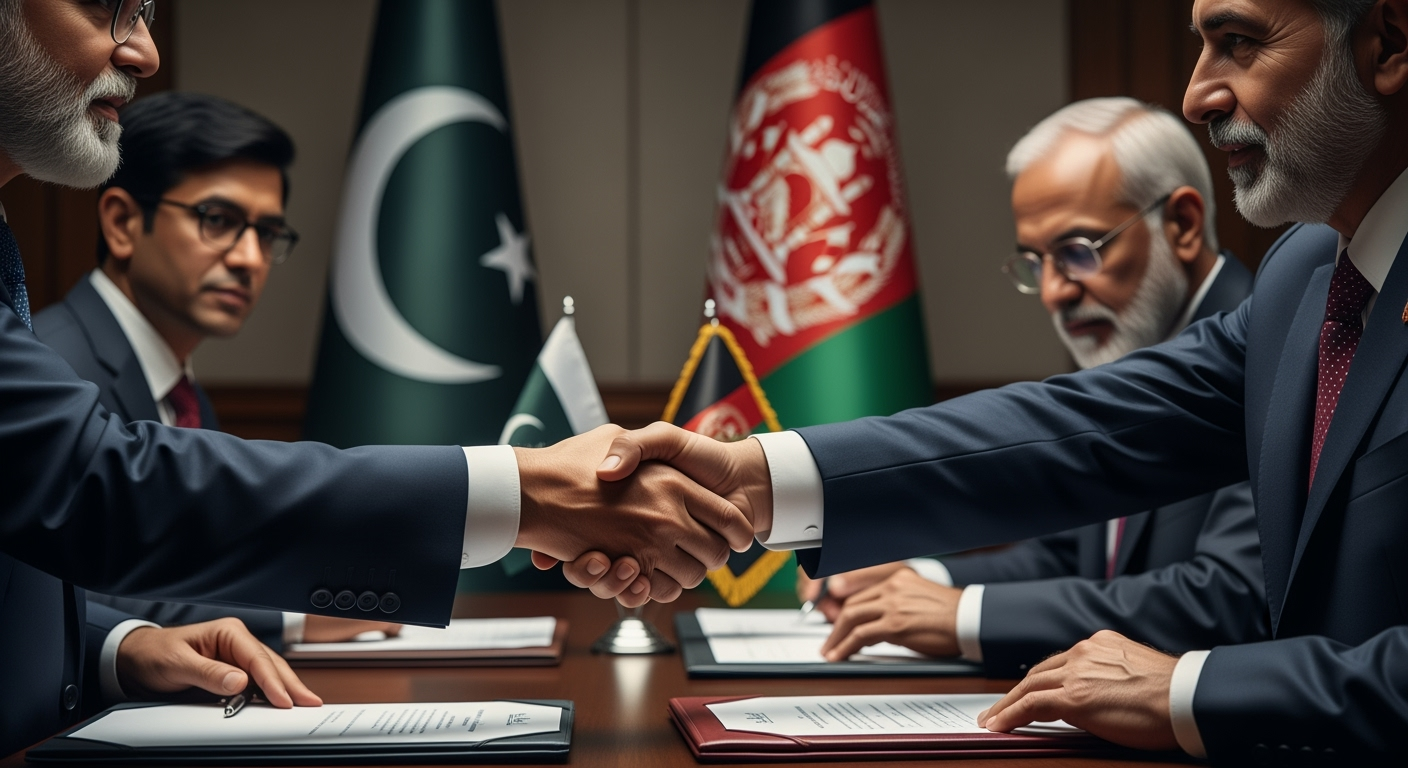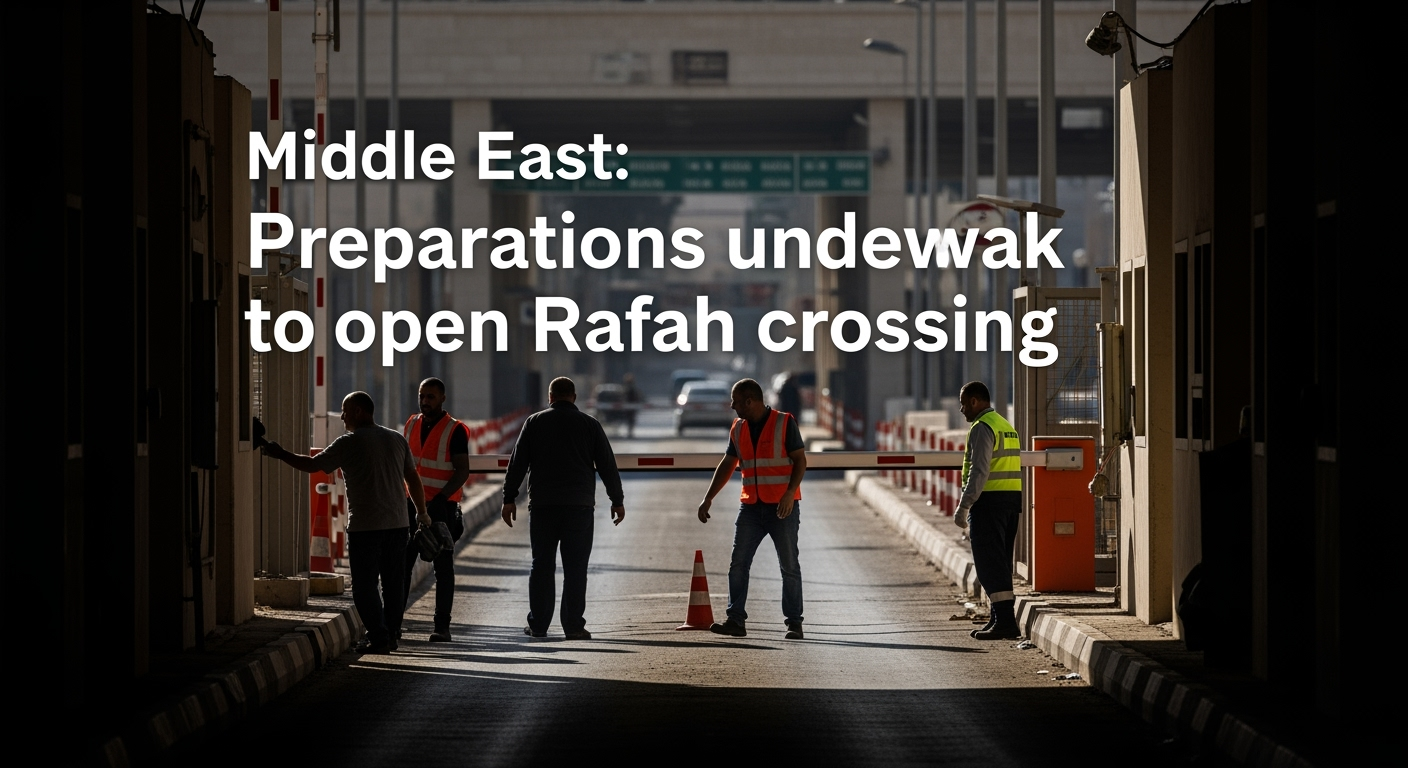Related Articles

Tragic Bus Crash in Northeastern Brazil Claims at Least 17 Lives, Raising Urgent Questions on Road Safety




RAFAH, Gaza Strip – The vital Rafah border crossing, a lifeline for the besieged Gaza Strip, finds itself at the epicenter of intricate negotiations and cautious preparations, signaling a potential, albeit limited, resumption of operations following a fragile ceasefire agreement. While hopes rise for the movement of people, the flow of crucial humanitarian aid through this key gateway remains shrouded in uncertainty and conflicting reports, underscoring the delicate balance of power and urgent humanitarian needs in the devastated enclave.
The prospect of the Rafah crossing's full reopening has emerged as a critical component of the recently brokered ceasefire between Israel and Hamas, a deal largely facilitated by international mediators including the United States, Egypt, and Qatar. This agreement aimed to alleviate the severe humanitarian crisis gripping Gaza and facilitate prisoner exchanges. However, the path to sustained access through Rafah is proving to be complex, influenced by security concerns, political demands, and the immediate imperative to address the desperate conditions within Gaza.
Initial reports this week offered a glimmer of hope, suggesting that Israel would permit the reopening of the Rafah crossing for both humanitarian aid and civilian movement, a concession linked directly to Hamas's fulfillment of its obligations under the ceasefire to return the bodies of deceased Israeli captives. The return of several such remains by Hamas appeared to ease some of the immediate tensions that threatened to derail the nascent truce. Public broadcaster Kan reported on Wednesday that Israel decided to proceed with opening the crossing and allowing humanitarian aid transfer after the return of four captives' bodies. This development was seen as crucial, especially after Israel had reportedly threatened to halve aid trucks and keep Rafah shut due to perceived delays in the body retrieval process.
The agreement, struck after days of intensive indirect negotiations in Egypt, stipulated an initial phase that included the withdrawal of Israeli forces from parts of the Gaza Strip, the reopening of the Rafah crossing, and the entry of at least 400 trucks of food and medical aid daily. Mediators had reportedly informed Hamas that the crossing was expected to reopen in both directions for the movement of people and that essential supplies, including fuel and gas, would begin entering Gaza freely. An EU mission (EUBAM) was reportedly on standby to deploy to the crossing, with expectations for pedestrian passage to resume. The Palestinian Authority also expressed its readiness to operate the crossing, indicating a degree of logistical preparedness on various fronts.
However, a critical distinction has since surfaced, casting a shadow over the extent of Rafah's reopening for humanitarian relief. As of Thursday, October 16, Israel's military agency, COGAT, which oversees aid flows into the Gaza Strip, clarified that while preparations are underway with Egypt for the movement of people through the Rafah crossing, humanitarian aid will not pass through this point. COGAT explicitly stated that such an arrangement for aid was "never agreed upon at any stage" and emphasized that humanitarian assistance continues to enter Gaza through other crossings, specifically Kerem Shalom.
This clarification significantly alters earlier perceptions and highlights the ongoing complexities and potential points of contention in the ceasefire implementation. While the ability for people to cross would offer a desperately needed outlet for Gazans, especially those needing medical attention or seeking to leave the enclave, the exclusion of aid via Rafah means that the primary humanitarian supply lines will remain dependent on other, often more restricted, routes. Some Israeli media outlets have even reported that the government decided to keep the Rafah crossing closed indefinitely, conditioning its full reopening on further returns of Israeli soldier remains by Hamas. This conflicting information underscores the volatile nature of the situation and the political leverage each party seeks to exert.
The nuanced approach to Rafah's reopening comes against a backdrop of a catastrophic humanitarian crisis in Gaza. Aid agencies and United Nations officials have repeatedly warned of widespread hunger, disease, and displacement, with hundreds of thousands facing starvation. UNICEF spokesperson Ricardo Pires lamented that "The longer Rafah stays closed the more the suffering prolongs for people in Gaza, especially those displaced in the South". The UN World Food Programme reported bringing in 137 trucks since the weekend, but acknowledged that up to 400,000 people in Gaza City had not received assistance for several weeks.
International organizations, including the UN and various aid groups, are urgently calling for Israel to open more crossings into Gaza, not just Rafah, to allow a "massive surge of humanitarian aid". They emphasize the need for "thousands of trucks" to enter the territory daily to address the overwhelming needs. Tom Fletcher, the UN's most senior relief coordinator, stressed that "withholding aid from civilians is not a bargaining chip" and reiterated that facilitating aid is a legal obligation. Aid workers confirm that supplies, tools, and skills are available, but "We just need the access". This plea highlights the gap between the aid available outside Gaza and the immense suffering within, a gap that Rafah's limited reopening may not fully bridge.
The Rafah crossing holds significant geopolitical importance. It is Gaza's sole border point with Egypt and its only exit not directly controlled by Israel. Historically, its operation has been a barometer of regional stability and control. Since Hamas seized control of Gaza in 2007, the crossing has been subject to intermittent closures and disputes, with both Egypt and Israel asserting varying degrees of control and imposing conditions. Egypt maintains that its side of the crossing has always been open for humanitarian aid and foreign nationals, often blaming Israeli airstrikes for past disruptions. However, under a 2007 agreement, Egyptian control requires Israeli approval for imports through Rafah.
Israel's stance on Rafah is deeply intertwined with its security concerns. The Israeli military had previously taken control of the crossing during operations in Gaza, only to withdraw and then reoccupy it. Its current preparations for the movement of people are being coordinated with Egypt, with a priority on preventing "renewed smuggling or militant infiltration". This ongoing tug-of-war over control and conditions underscores the broader challenges to establishing lasting peace and stability in the region. The management of Rafah remains a critical test of cooperation between Israel, Egypt, and international partners, determining whether the fragile ceasefire can endure in the long term.
In conclusion, while the anticipated reopening of the Rafah crossing for the movement of people offers a ray of hope for countless Gazans, the current restrictions on humanitarian aid via this crucial gateway present a significant challenge to alleviating the region's deepening crisis. The intricate web of diplomatic agreements, security concerns, and humanitarian imperatives continues to shape the future of this vital crossing. As international calls for unimpeded access to aid grow louder, the operational modalities of Rafah will serve as a stark indicator of the commitment to a sustainable peace and the ability to address the urgent needs of Gaza's beleaguered population. The success of the ceasefire, and indeed the survival of many in Gaza, hinges on how effectively these complex dynamics are navigated in the days and weeks ahead.